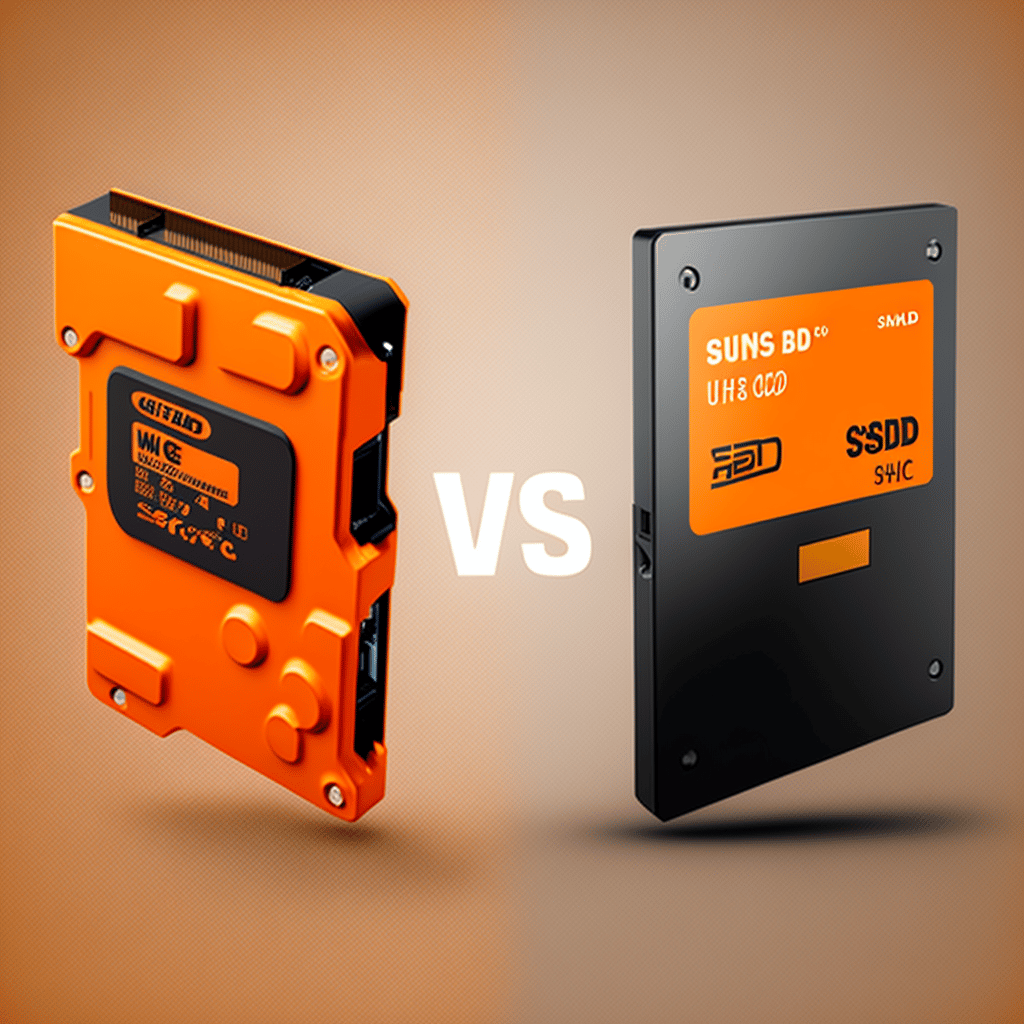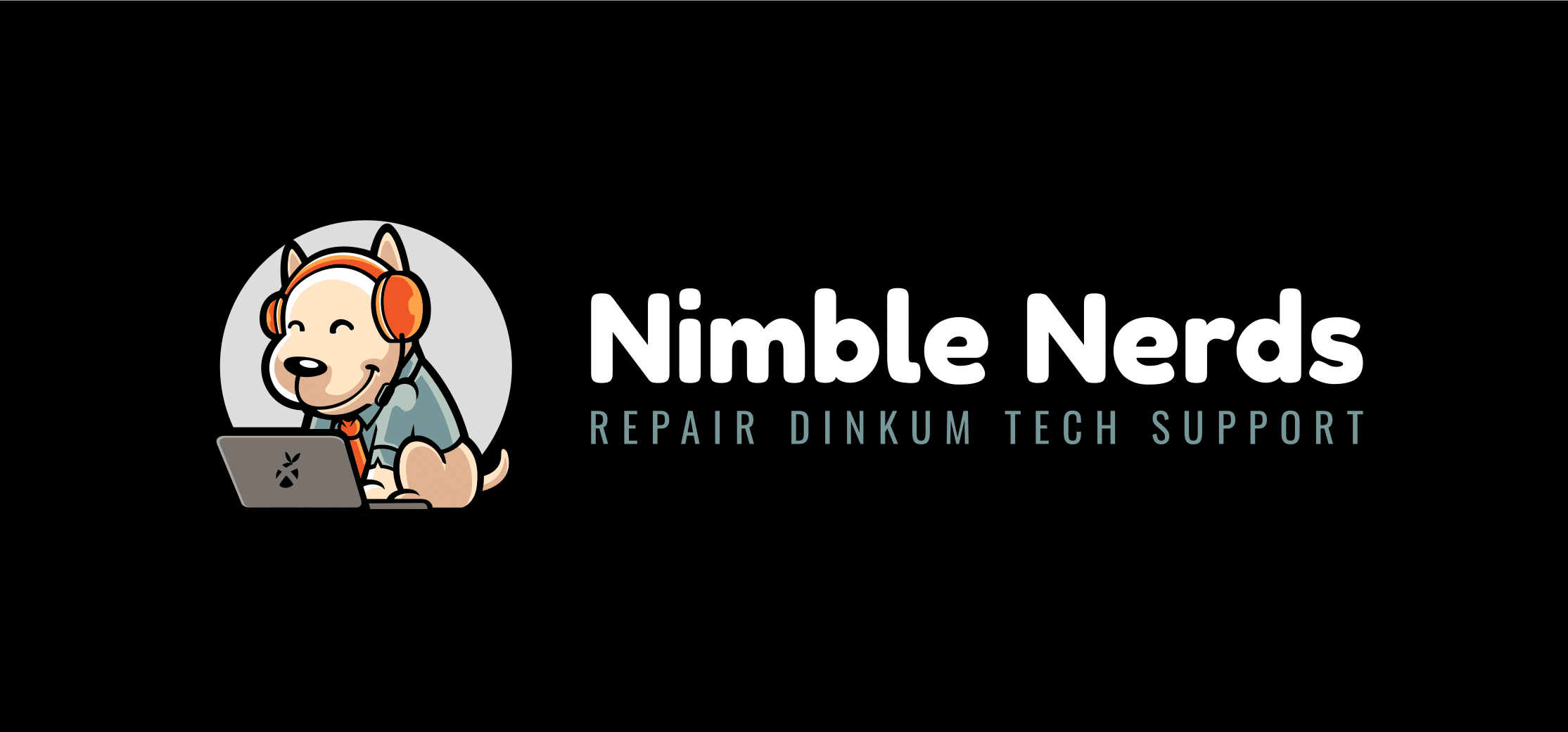A USB flash drive is a small, portable device that can store and send files from one computer to another. A “thumb drive” or “memory stick” is another name for it because it is approximately the size of a thumb and connects to a port on a desktop, macs or laptops.
The mobility of a flash drive is one of its primary benefits. You can easily transport it and utilise it to transmit data between machines. To keep info that you need to access while on the move.
There are many different types of flash drives on the market, including Universal Serial Bus 2.0 and 3.0 technology. The critical difference between these two types is the files transmission rate. 3.0 drives are typically faster than 2.0 drives, although they are also more expensive.
USB flash drives may range from a few megabytes to several terabytes. Your needs and the quantity of data you need to store will influence the size you choose.
Recommended USB Flash Drives:

Durable But Easily Lost
Another benefit of flash drives is their long life. They are often made of plastic or metal and are physically durable. As a result, they are a dependable option for storing critical data. However, never save your data in a single location. Create a backup immediately if you need to transfer data to a USB stick!
A Technician’s Tool
In addition to storing and sending data, flash drives may boot a desktop away from a live version of an operating system, such as Linux. This might be useful while troubleshooting or testing a new operating system. Without permanently altering the desktop.
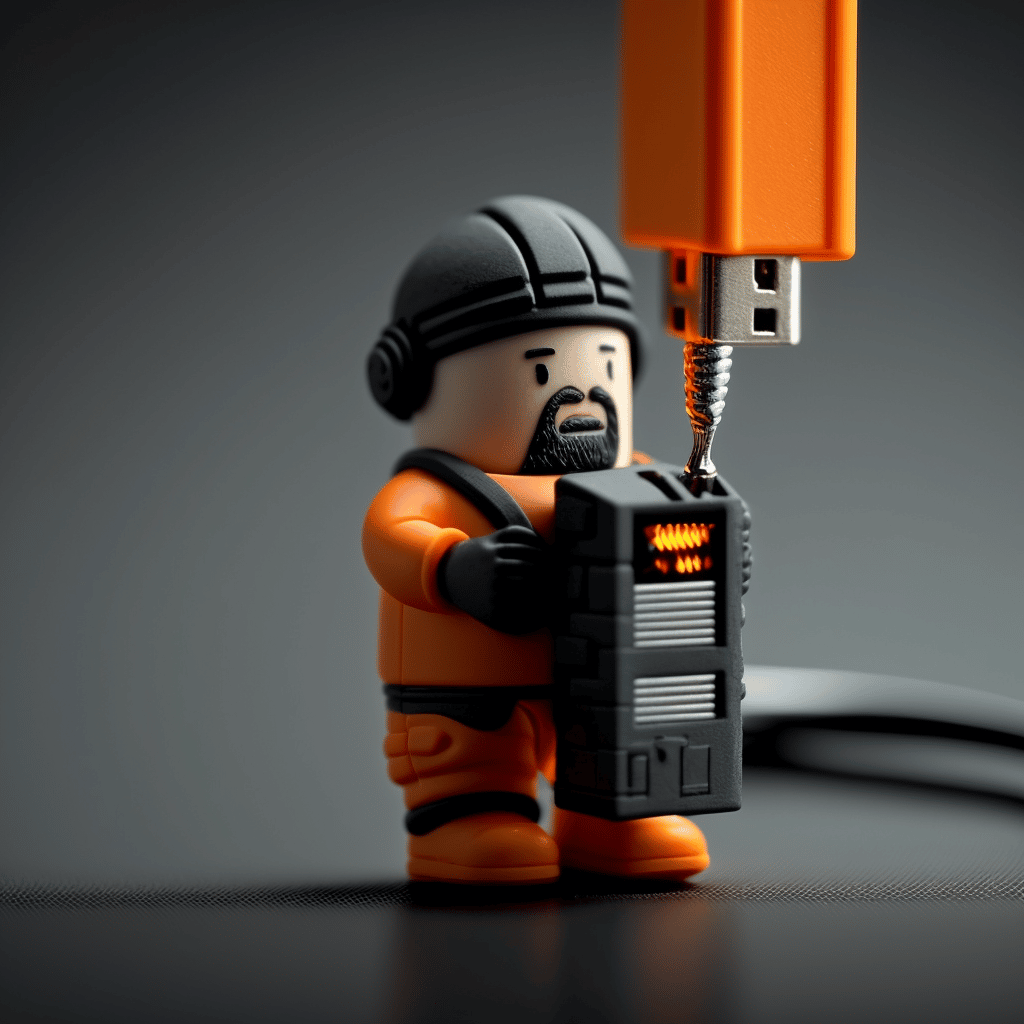
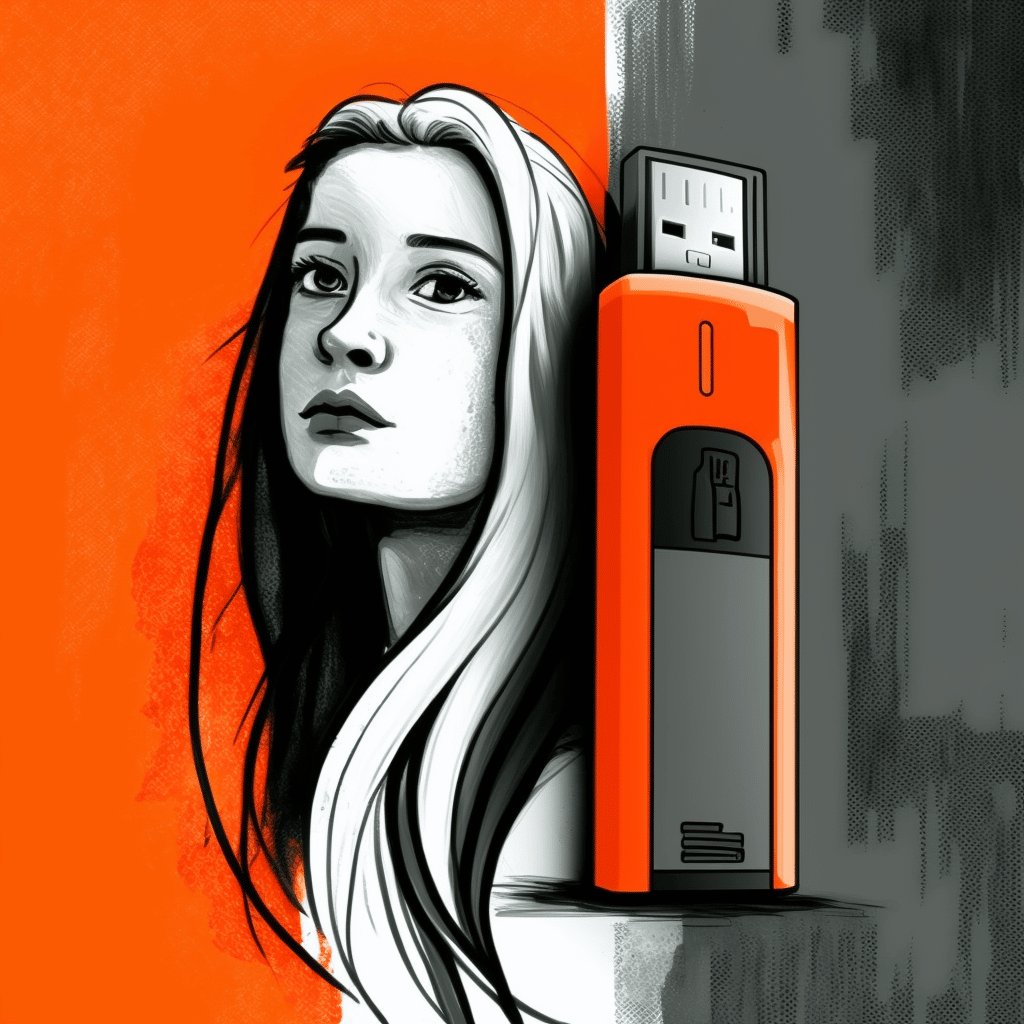
USB Flash Drives Do Have Some Disadvantages Though
A few worries may arise regarding data on USB flash drives. Here are a few such examples:
Data loss: USB flash drives, like any other storage device, are prone to data loss due to several factors, such as unintended deletion, formatting, or physical damage to the drive. Maintain periodic backups of critical files and handle the disc with care to prevent data loss.
Security: Because USB flash drives are portable and easy to use, they may be an excellent way to move sensitive data from one machine to another. This implies they might be lost or stolen, jeopardising the security of the data they contain. To secure your files, you may use encryption software to safeguard the contents of your USB flash drive.
Compatibility: While most desktops and laptops have Universal Serial Bus ports, certain older PCs may not be compatible with newer models of flash drives. Moving files between computers or utilising a USB flash drive on an older PC may cause issues. It is slowing down these gadgets in particular. This can affect the time required when wanting to transfer files.
Speeds: The pace at which files may be transferred to and from a USB flash drive varies depending on the thumb drive and the system being utilised. 3.0 drives are generally faster than 2.0 drives, while the performance is also affected by the drive’s quality and the desktop’s capability.
Limited stored capacity: While flash drives exist in various sizes, their capacity is sometimes restricted compared to other storage components, such as hard drives or cloud storage. This might be an issue if you need space to store a large amount of data or have many high-quality files, such as photographs or videos.
Security Concerns With USB Flash Drives
It’s usually a good idea to be cautious while using external storage components. Especially if you have no idea where they came from or what they contain. Connecting a USB flash drive that you find or that someone asks you to connect to a machine might put you at risk. Many security dangers may infiltrate your laptop, desktop, mac or network.
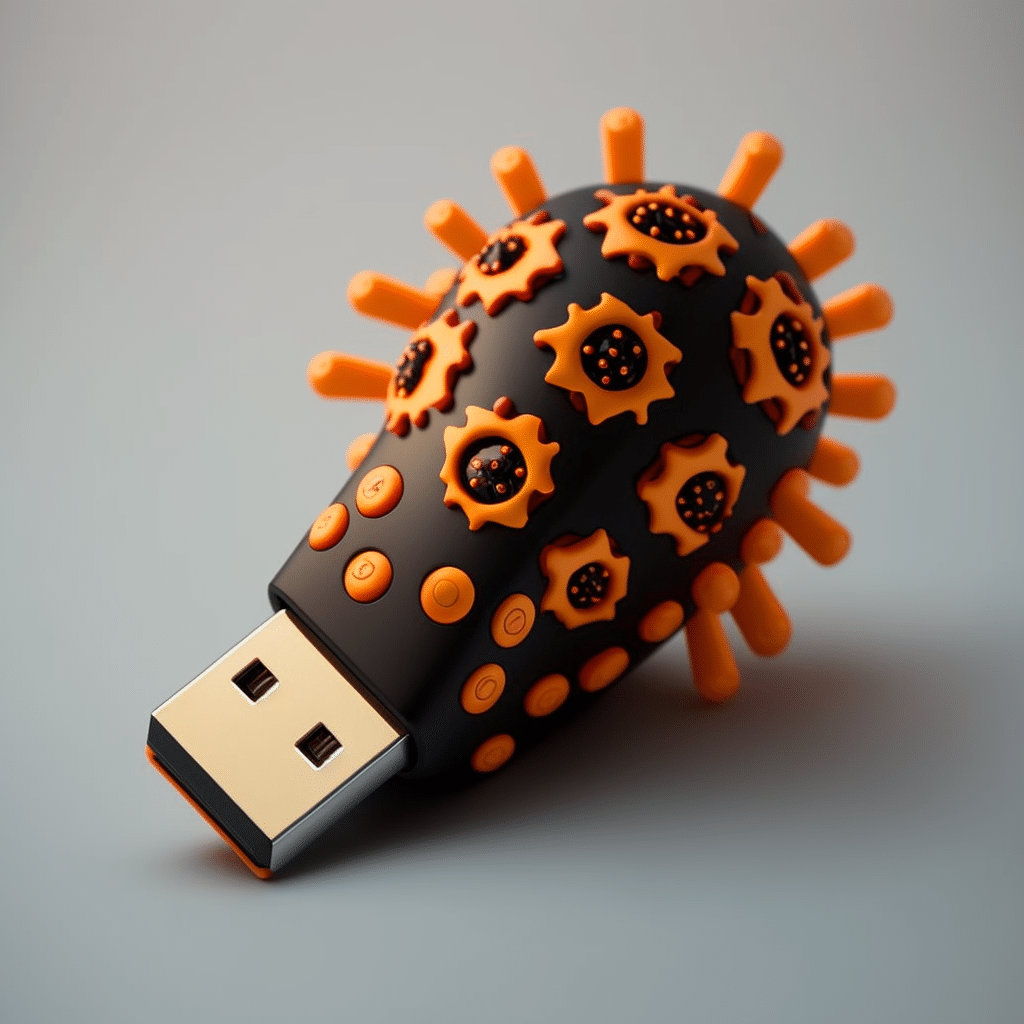

Rubber Ducky Attacks
One such worry is the possibility of a rubber ducky attack. A rubber ducky attack is a hack in which harmful software is inserted into a machine through a plugged-in thumb drive. This enables the designer of the rubber ducky to obtain access to a network by avoiding external network barriers.
Suppose you acquire a USB flash drive from an unknown source or discover someone lying. You should proceed cautiously when inserting it into your machine or network, even if the disc looks clean and free of evident harmful material. It may still include secret code used to breach your security.
Regarding plugged-in components, it’s always preferable to err on caution. If you are unsure if a gadget is safe, it is preferable to avoid using it. This will aid in the protection of your machine and data from possible security attacks.
Sandbox Defenses For Infected USB Flash Drives
Sandboxing is a strategy for creating a safe environment. Create an isolated environment to operate and test software or other files and media. Sandboxing might be used in the context of a USB flash drive to test the thumb drive for possible hazards. Without endangering your machine or network.

Use one of these tools to sandbox a flash drive. You must first establish a new virtual machine. Install a new version of Windows on it.
If you’re working with Microsoft Hyper-V. You may connect a flash drive to the virtual machine by doing the following:
Open the Hyper-V Manager.
Select the virtual machine to which you want to attach the flash drive.
Click the “Connect” button in the Actions pane.
Click “USB” in the left-hand menu in the Virtual Machine Connection window.
Select the USB flash drive from the list of available devices and click “Connect.”
If you’re working using VMware Workstation. You may connect a USB flash drive to the virtual computer by doing the following:
Open the VMware Workstation console.
Select the virtual machine to which you want to attach the USB flash drive.
Click the “Edit” button in the toolbar.
In the Virtual Machine Settings window, click “Add” and select “USB Device.”
Select the USB flash drive from the list of available devices and click “OK.”
Once the USB flash drive has been connected to the virtual machine, you may use it just like a real machine. This allows you to scan the drive for possible hazards without dangering your tech or network.
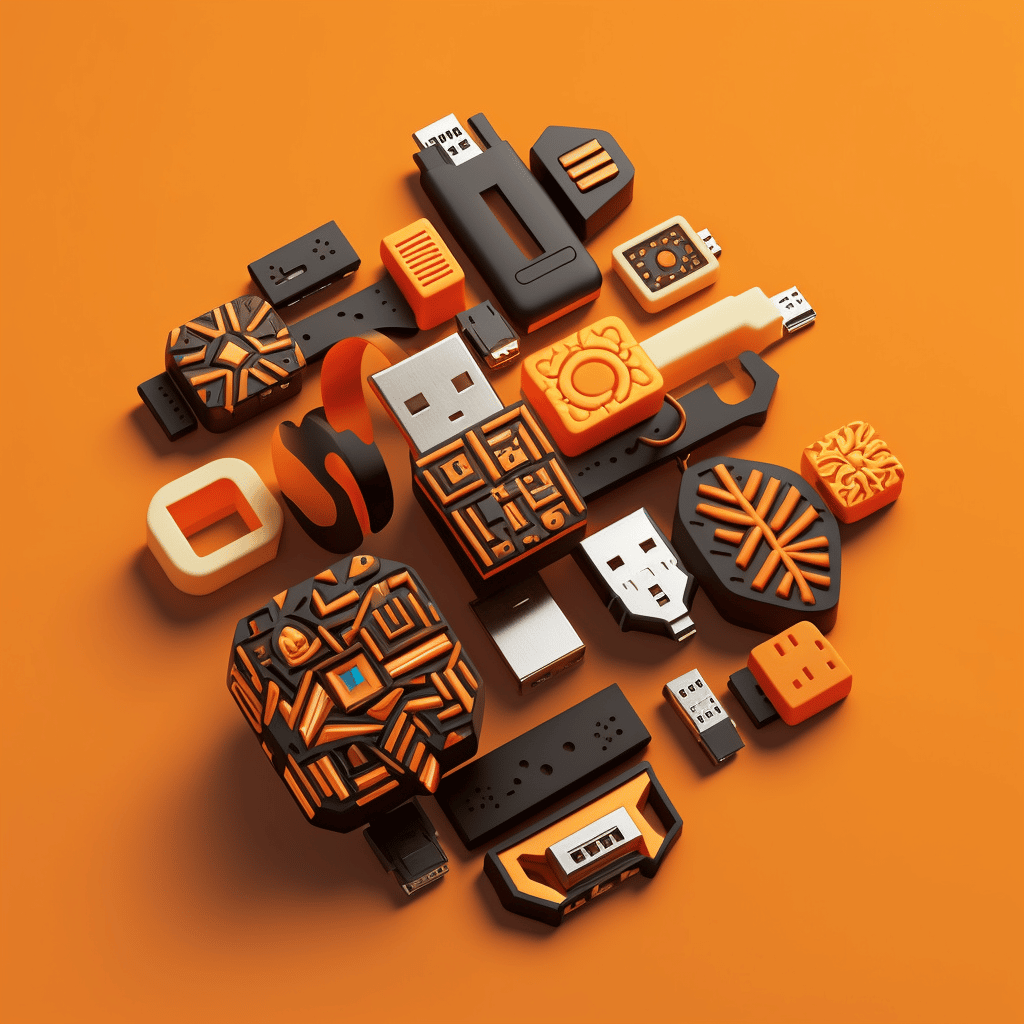
USB Flash Drive Connector Types Are An Important Consideration
There are three main types of USB connectors:
Type A: This is the most popular form of USB connection and may be found at the end of a USB cable. It has flat, parallel sides and is rectangular. Type A links are often used to connect desktops, macs, laptops, and hubs to other peripherals, such as printers or external hard drives.
Type B: Type B connections are likewise rectangular in design, although they vary somewhat from Type A connectors. They generally have one flat side and one angled side and are used to connect equipment such as printers and external hard drives to computers or other devices.
Type C: Type C connections are smaller and more rounded than other connector types. They are reversible, which means they can be plugged in either way up, and are increasingly being utilised on modern gadgets like smartphones and laptops. Type C connections may carry data and power faster than Type A or Type B connectors.
Aside from these three kinds of connections. There are also several kinds of cables available for connecting peripherals. USB-A to USB-B and USB-C to USB-C is the most prevalent cable varieties. However, there are several different varieties.
What Versions Of Connections Does Your Machine Match
There are many methods to find out whether your machine supports USB 2.0 or 3.0 connections:
Check the documentation: The most straightforward approach to determine which versions your desktop or mac supports is to consult the paperwork that came with it. A handbook, specification sheet, or online documentation might be used.
Look at the ports: Most PCs with USB 2.0 or 3.0 ports will have marks on the ports indicating which version they support. A 3.0 port, for example, may be identified by the letters “SS” (for “super speed”) or by the colour blue.
Use a device or tool: Whether you have a device or tool that is only USB 2.0 or 3.0 compatible, you may connect it to your computer to check if it works. If the device is identified and functioning correctly, your laptop is consistent with that version of the port.
Check the device manager: You may check the device manager on Windows to determine which USB versions are supported. To do this:
Press the Windows key + R to open the Run dialogue.
Type “devmgmt.msc” and press Enter.
Expand the “Universal Serial Bus controllers” section in the device manager.
Look for entries that include “USB 3.0” or “USB 2.0” in the name.
In certain circumstances, using a flash drive with an SSD (solid-state drive) might be advantageous. However, it is not always the best choice.
SSD Or Standard Type
One of the primary advantages of an SSD is that it is speedier than a standard hard drive (HDD). This makes it viable for storing and transmitting vastly sized files and media. Or for applications that demand quick data access.
It’s Not Just The Type Of Thumb Drive It Is
When it comes to USB flash drives, though, the speed of the industry is not the only aspect that influences data transfer speed. The port’s bandwidth to which the disc is connected also limits files transmission speed.
For instance, you are using a 3.0 flash drive with an SSD. You then attach it to a desktop that has a 2.0 port. The data transmission speed will be limited by the 2.0 port’s rate, which is slower than the 3.0 drive’s.
Similarly, plug a 3.0 flash drive with an SSD into a machine with a 3.0 port. The bandwidth of the 3.0 connector will restrict files transmission speed, which is slower than the SSD’s speed.
In general, as compared to a drive with an HDD, utilising a flash drive with an SSD may give quicker data transfer rates. However, the actual speed will be determined by the individual disc and the port to which it is connected.
